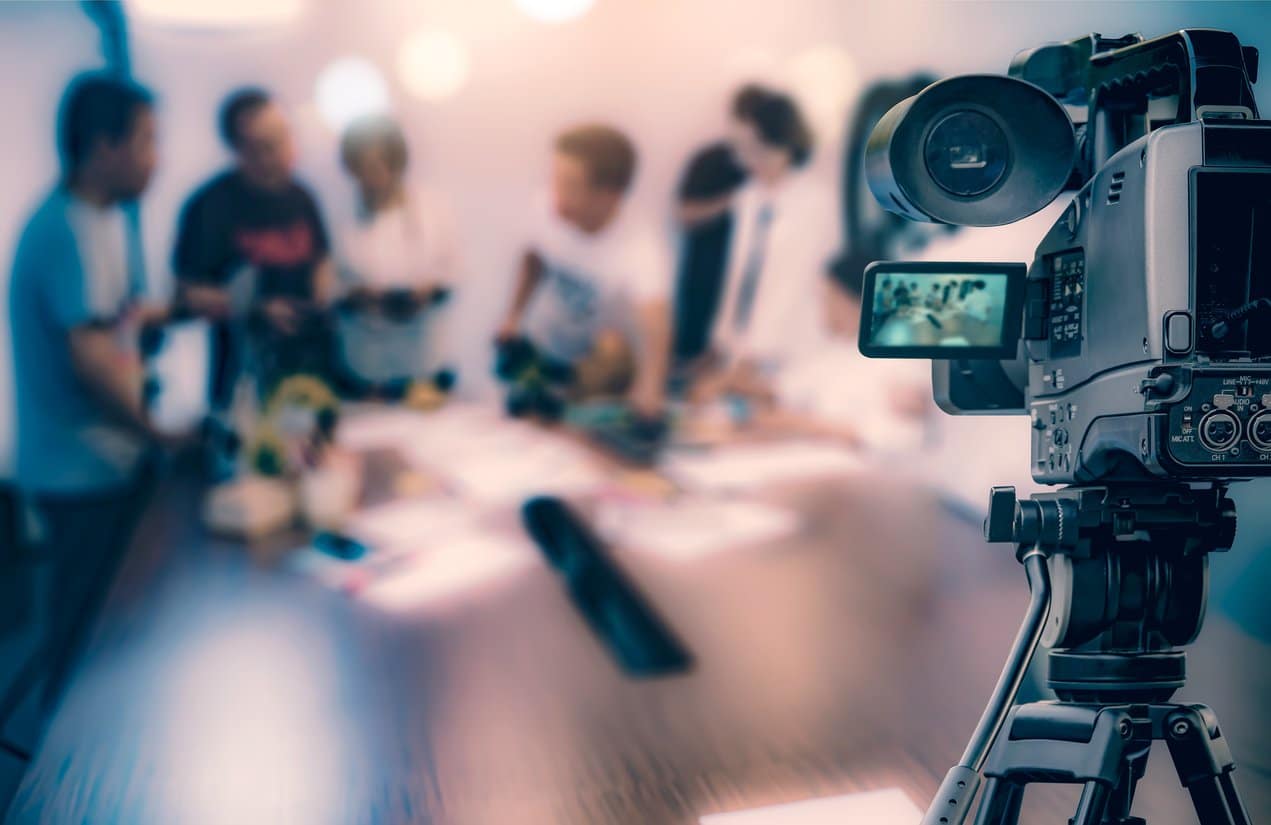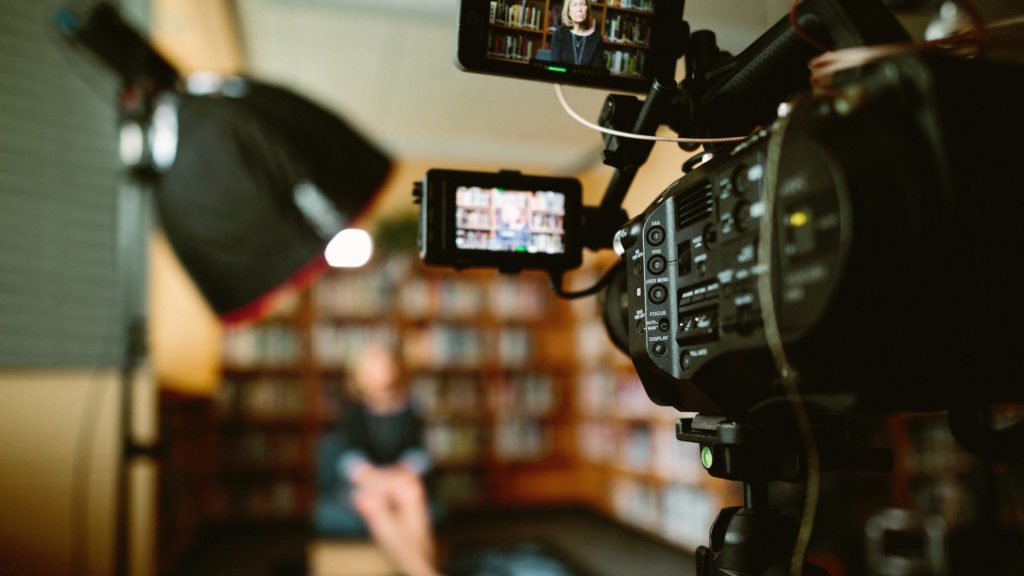The Function of Legal Videography in Modern Legal Procedures
The Function of Legal Videography in Modern Legal Procedures
Blog Article
Discovering the Purpose and Effect of Lawful Videography in the Legal Field
Lawful videography has actually become a crucial tool in the legal area, changing the way proof exists and preserved. From catching witness statements to recording crime scenes, the effect of lawful videography is obvious. Nonetheless, beyond its surface-level applications lies a deeper expedition of the objective and effects of incorporating video innovation right into lawful process. As we navigate with the complex internet of guidelines and moral factors to consider bordering lawful videography, a more clear image arises of its prospective to form the future of the lawful landscape.
History of Legal Videography
The evolution of lawful videography can be mapped back to the early days of courtroom technology assimilation. As courts started to acknowledge the value of visual proof presentation, the use of videography in lawful process got traction. In the 1980s, the intro of analog camera marked a substantial landmark in the history of lawful videography. These electronic cameras enabled the recording of depositions, witness testimonies, and courtroom process, offering a visual document that complemented traditional created transcripts.
With the advancement of innovation, the transition from analog to electronic video taping further reinvented the field of lawful videography. Digital cameras used higher high quality recordings, easier modifying capabilities, and enhanced storage space options. This change not just enhanced the quality and accuracy of visual proof but likewise structured the presentation of complicated details in courtrooms.
Today, legal videography plays a critical function in the lawful area, offering attorneys an effective device for presenting evidence, recording testimonies, and creating compelling aesthetic narratives to sustain their situations. The development of lawful videography proceeds to form the means attorneys come close to litigation and advocacy.
Benefits of Legal Videography

In addition, legal videography allows for the preservation of witness statement in a genuine and effective manner. By capturing the attitude and temperament of witnesses during their testimonies, attorneys can better examine the credibility of their statements and potentially uncover disparities or fallacies. This can be especially useful throughout interrogation and in providing proof to support or refute essential disagreements in a situation.
Furthermore, legal videography provides the advantage of creating a permanent document that can be taken another look at and assessed any time. Lawyers can examine video footage to identify essential details, plan for upcoming court process, or enhance their methods for trial. This ability to take another look at and study visual proof can offer lawyers with a calculated benefit in constructing a robust instance.
Strategies for Efficient Lawful Videography
Incorporating efficient strategies in lawful videography is crucial for maximizing the impact of aesthetic proof and boosting the trustworthiness of witness testaments in lawful procedures. Additionally, using high-quality sound devices is important to tape-record sound properly, making sure that all verbal interaction is recorded definitely. Framing plays a vital function in legal videography; it is essential to mount shots properly to focus on the pertinent elements while minimizing disturbances.
Legal Videography in Court Room Setups

In courtroom setups, legal videographers have to stick to strict standards to preserve the integrity of the lawful process. They have to be very discreet to avoid interfering with procedures while additionally being attentive in capturing crucial details. The footage taped by legal videographers functions as a valuable source for lawyers, courts, and juries, offering an aesthetic record that can be referenced throughout instance preparation, charms, or testimonials.

Honest Factors To Consider in Legal Videography
Ethics serve as a fundamental structure directing the method of legal videography, making sure honesty and impartiality in capturing and protecting lawful process. Lawful videographers should follow stringent moral standards to maintain the trustworthiness and integrity of their job. One essential honest factor to consider is getting educated consent from all parties involved before tape-recording any type of lawful process. This makes certain that people understand why not find out more being recorded and have the opportunity to express any objections or concerns.
Discretion is one more critical ethical consideration in lawful videography - LEGAL VIDEOGRAPHY. Videographers need to deal with all recorded video with miraculous like protect delicate info and preserve the privacy civil liberties of those associated with the legal procedure. Furthermore, maintaining neutrality and neutrality during the recording procedure is important to avoid prejudice and make sure an accurate depiction of the events
Verdict
Finally, legal videography has actually ended up being an essential device in the legal area, offering an aesthetic document of events and boosting the presentation of proof in courtrooms. By recording presentations, testaments, and scenes, lawful videographers play an important duty in guaranteeing their website a reasonable and transparent legal process. With correct methods and moral considerations, legal videography proceeds to have a substantial impact on the lawful career, shaping the method details is captured and presented in legal process.
Lawful videography has ended up being a crucial tool in the legal field, changing the way evidence is provided and protected.Including reliable techniques in legal videography is vital for maximizing the impact of visual evidence and boosting the reputation of witness testaments in lawful proceedings.Ethics serve as a foundational framework guiding the practice of legal videography, guaranteeing stability and impartiality in catching and protecting legal proceedings.In final thought, legal videography has become an important tool in the legal field, providing an aesthetic document of occasions and improving the presentation of evidence in courtrooms. With proper techniques and moral factors to consider, legal videography proceeds to have a substantial influence on the lawful occupation, shaping the way details is recorded and provided in legal proceedings.
Report this page